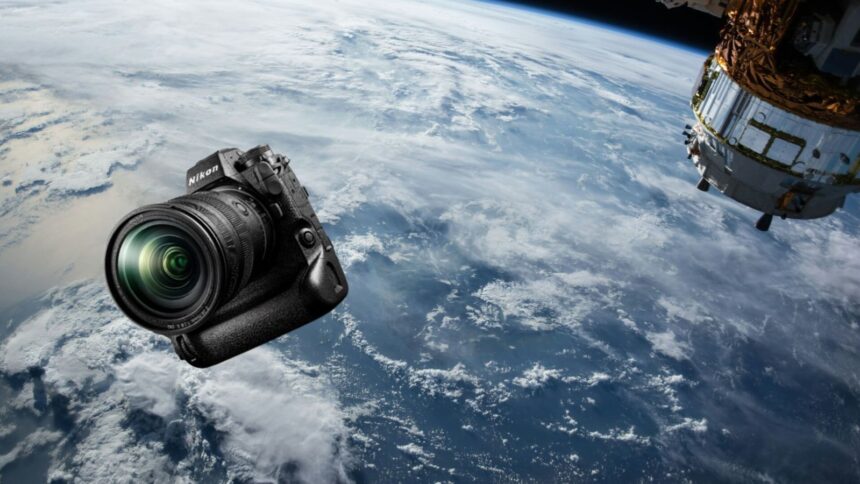Nikon’s Z 9 Camera Makes Its Way to the International Space Station
Nikon’s flagship full-frame mirrorless camera, the Z 9, has reached new heights by making its way to the International Space Station (ISS) aboard the Cygnus cargo spacecraft as part of NASA’s 20th Northrop Grumman commercial resupply services mission. This marks a significant milestone for Nikon, as the Z 9 replaces the current inventory of Nikon D6 and D5 digital SLR cameras on the space station, ushering in a new era of photography and research capabilities in space.
The Z 9’s cutting-edge mirrorless technology represents a significant leap forward in space exploration photography. With a physically unmodified design, the Z 9 ensures that both space station crew members and regular consumers have access to the same high-quality build. However, Nikon engineers have collaborated with NASA to develop custom firmware tailored to the unique challenges of space exploration. These modifications include enhanced noise reduction and optimized file naming sequences to withstand cosmic radiation and simplify the astronauts’ workflow.
Accompanying the Z 9 are over 15 NIKKOR Z lenses, including super-telephoto and macro options, as well as 15 FTZ II adapters, further expanding the capabilities of space photography and research. The inclusion of these lenses represents a significant advancement in space photography, providing the ISS crew with greater flexibility and precision in capturing the wonders of outer space.
Nikon’s long history with NASA dates back over 50 years, to the Apollo 15 mission, and the company’s cameras and lenses have played a crucial role in documenting and advancing space research. The inclusion of the Z 9 and NIKKOR Z lenses on the ISS marks the continuation of this partnership and symbolizes the ongoing commitment to innovation and excellence in space photography.
The deployment of the Z 9 and NIKKOR Z lenses on the ISS not only represents a technological achievement but also a testament to the enduring partnership between Nikon and NASA. The collaboration between these two industry leaders has resulted in the development of cutting-edge equipment that meets the rigorous demands of space exploration, furthering our understanding of the universe and capturing the beauty of outer space in unprecedented detail.
As the Z 9 and NIKKOR Z lenses continue to make their mark on the International Space Station, they are poised to revolutionize space photography and research capabilities. The advanced technology and unparalleled precision of the Z 9 camera, combined with the versatility of the NIKKOR Z lenses, promise to usher in a new era of discovery and exploration in space.
In conclusion, Nikon’s Z 9 camera and NIKKOR Z lenses have not only reached new heights aboard the International Space Station but have also opened up a world of possibilities for space photography and research. With their advanced technology and innovative design, they are set to redefine our understanding of outer space and capture the wonders of the universe in ways previously unimagined. This momentous achievement marks the beginning of an exciting new chapter in space exploration, one in which Nikon’s cutting-edge equipment will play a central role in documenting the awe-inspiring beauty of outer space.


